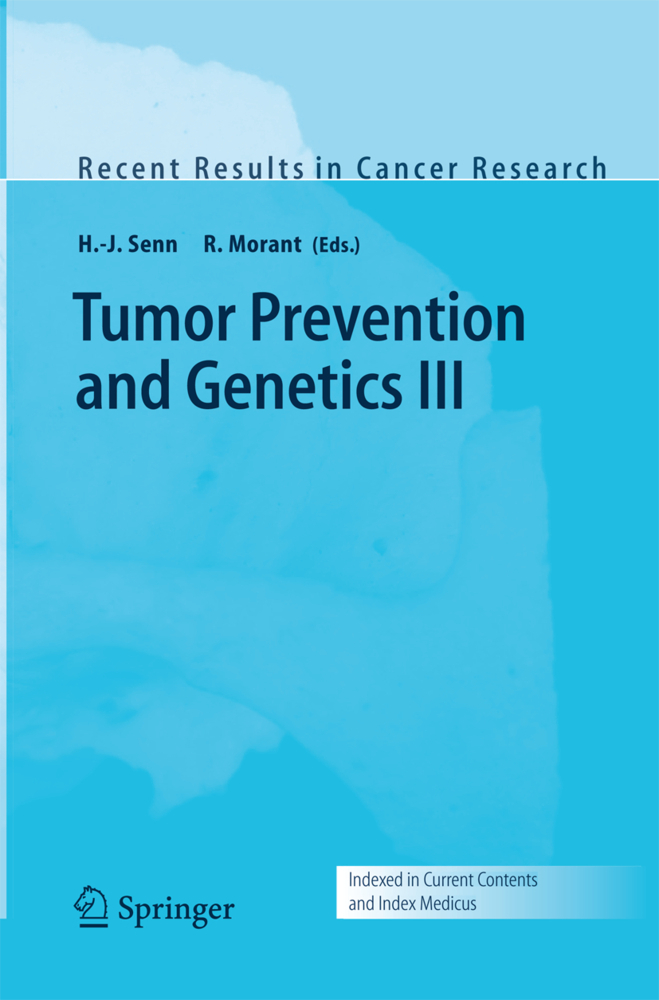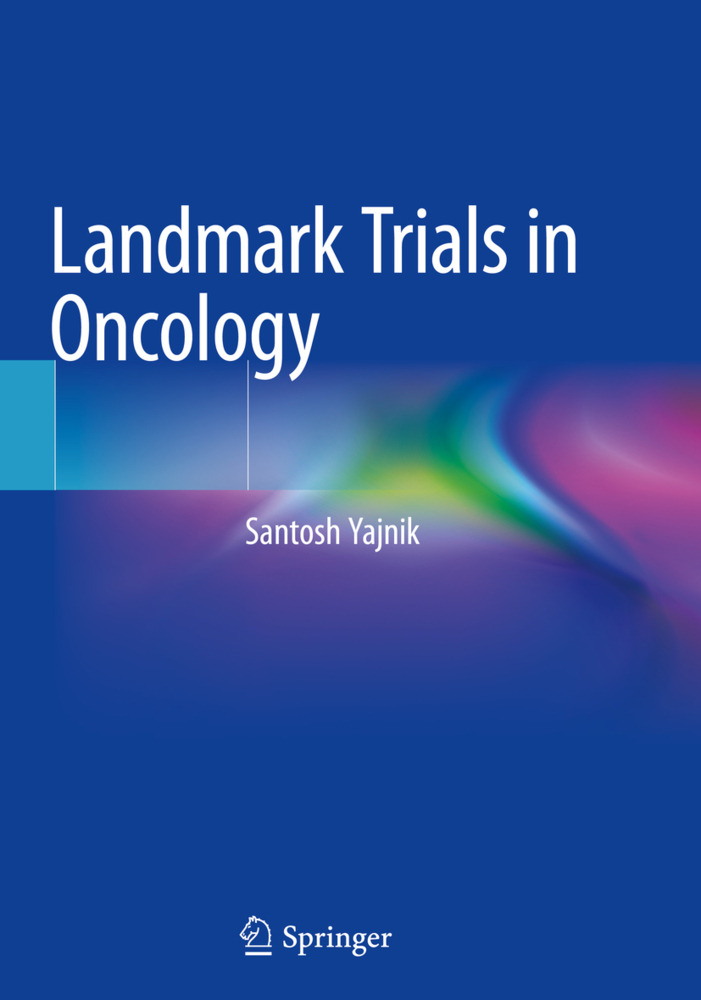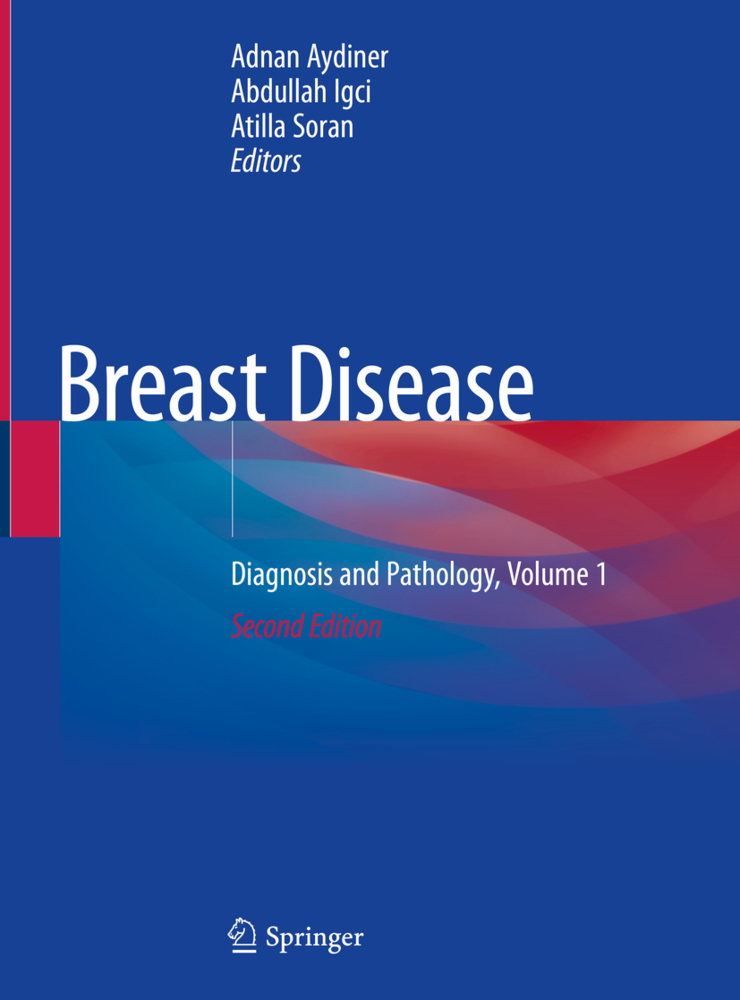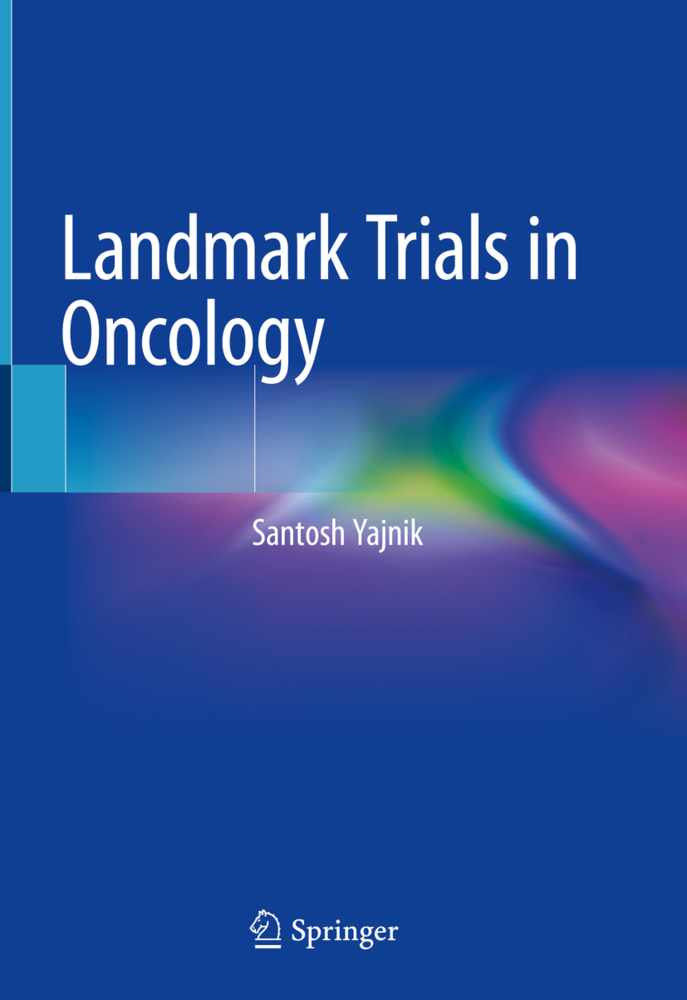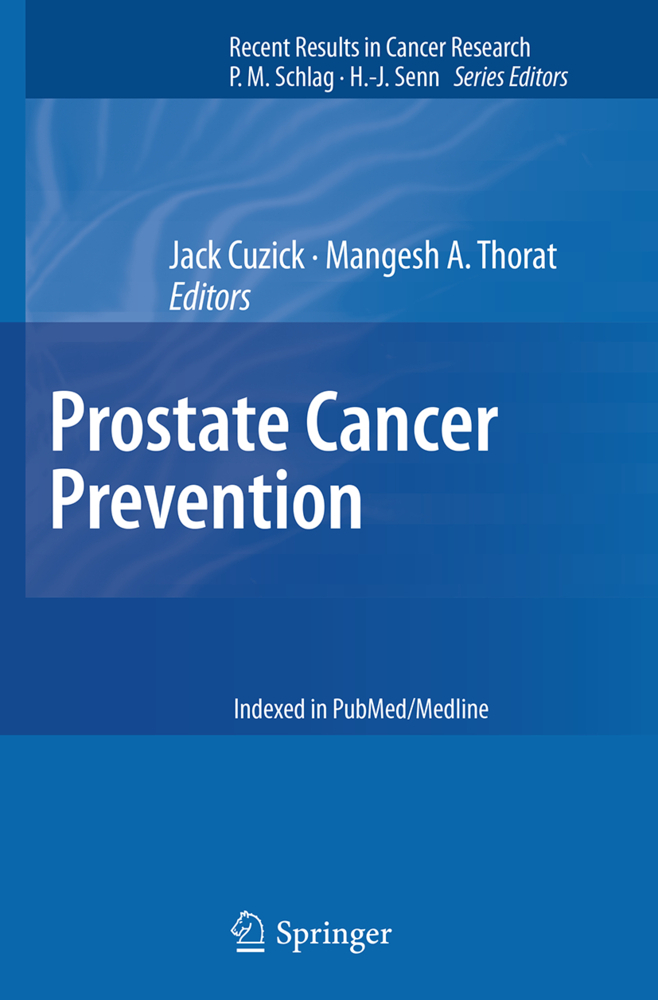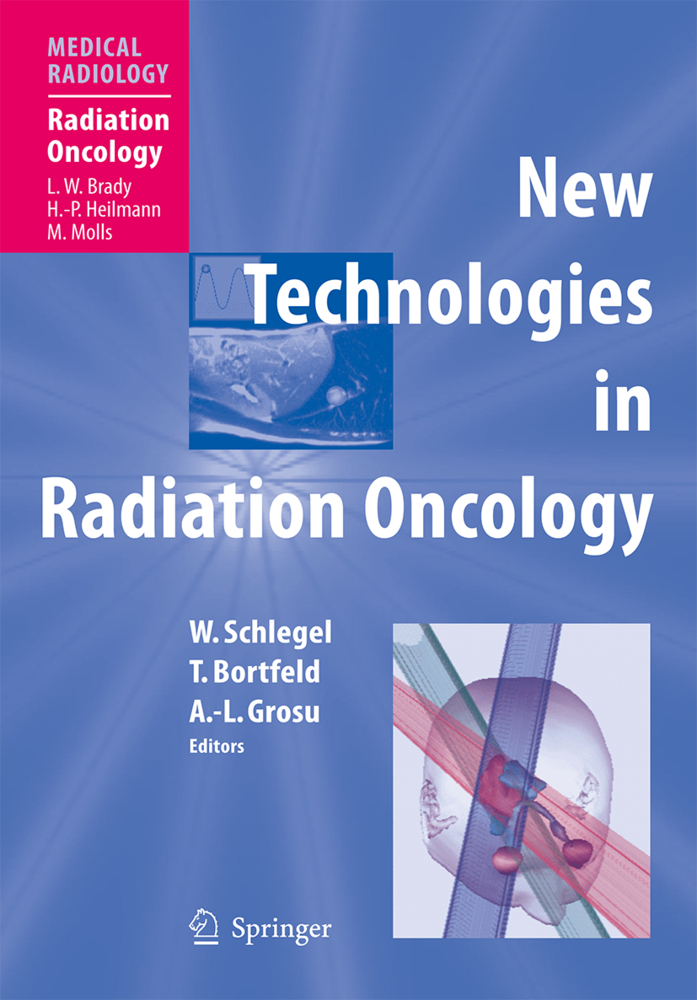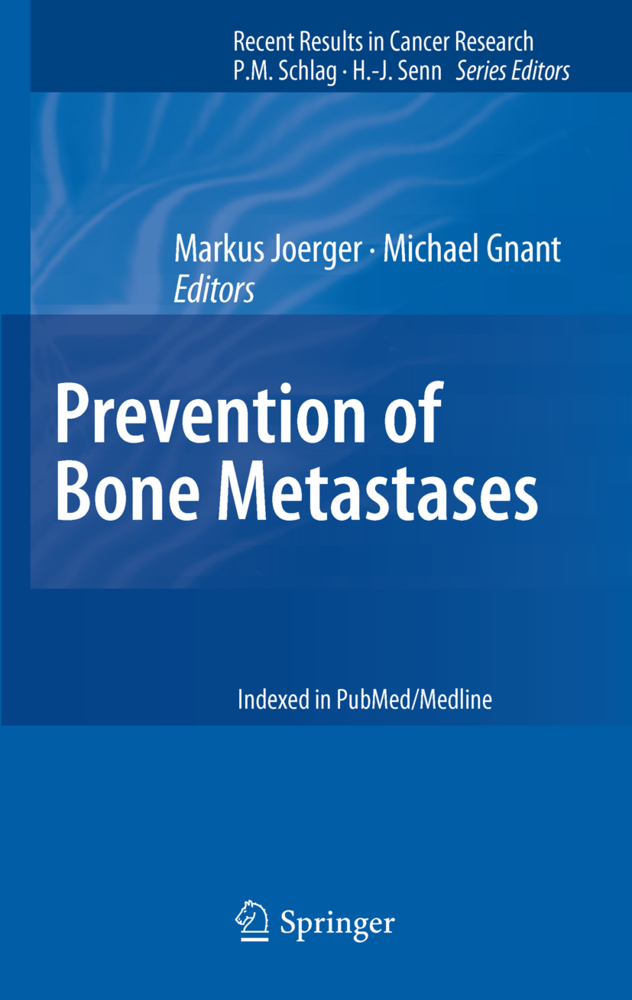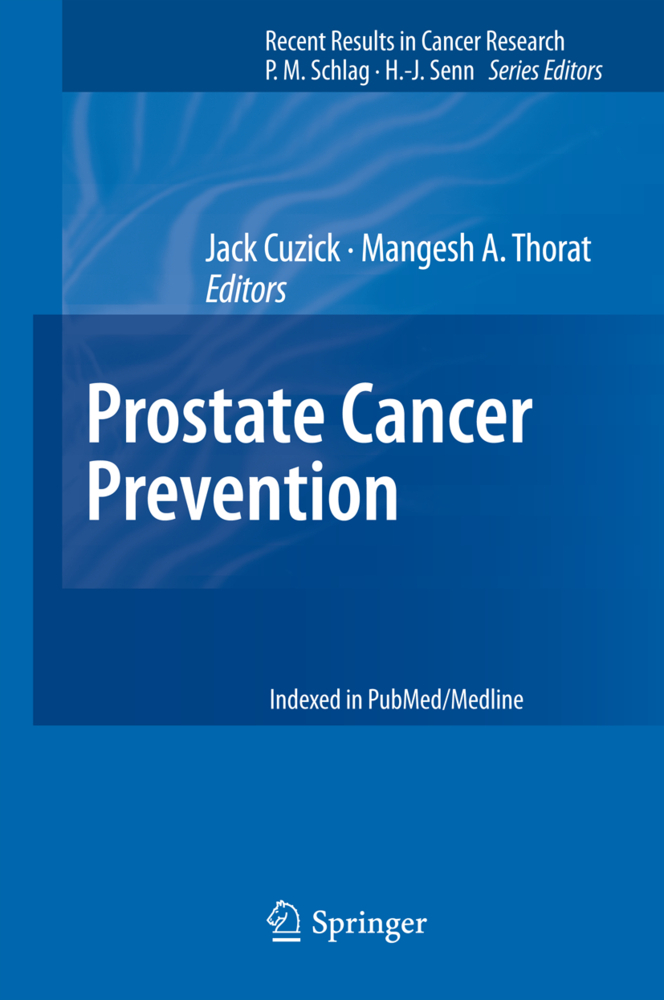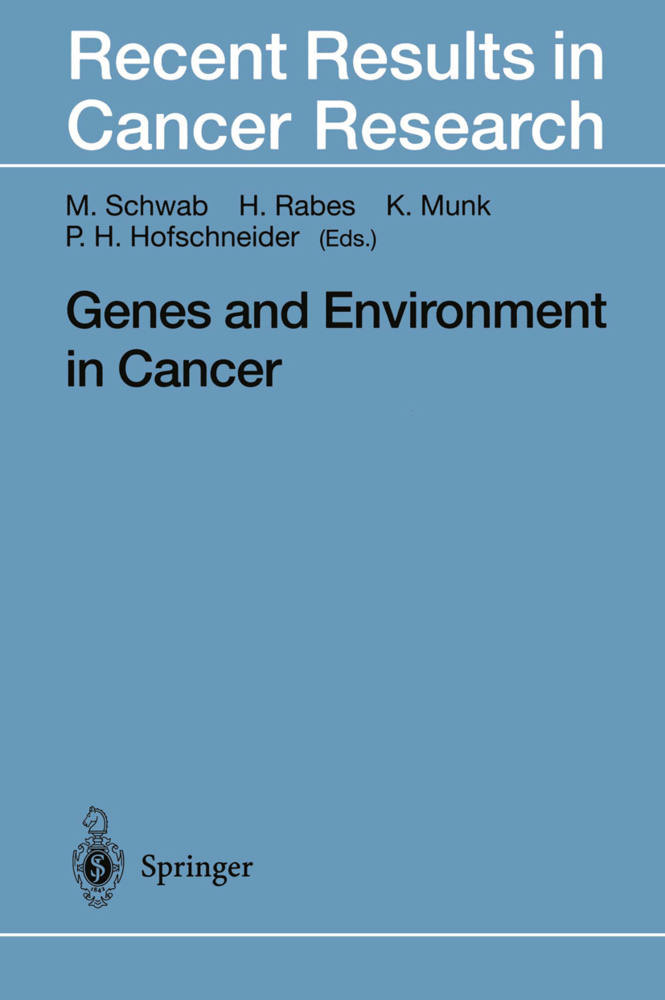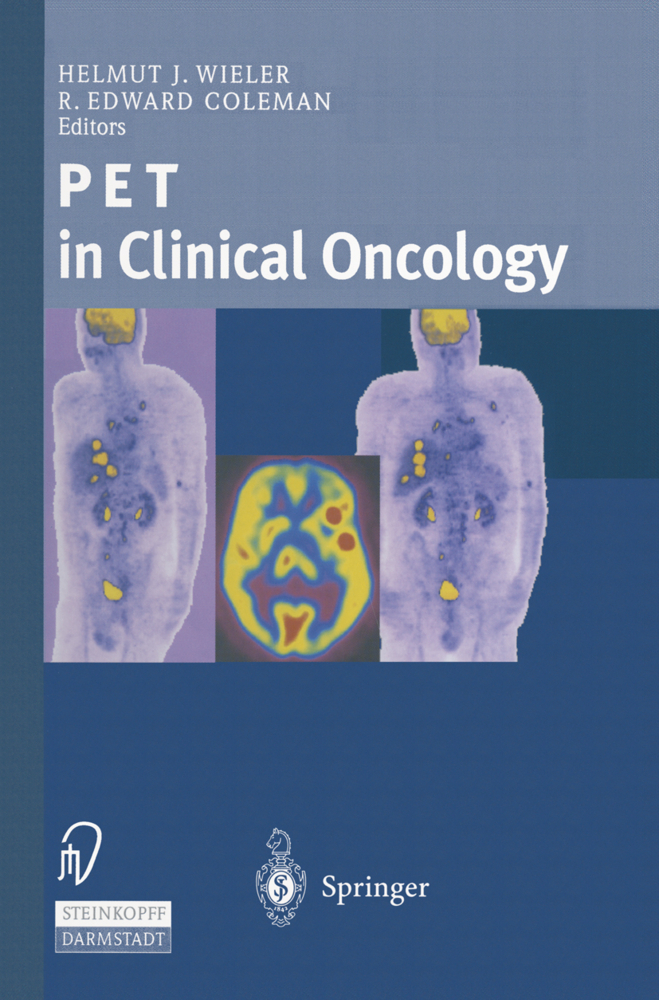Tumor Prevention and Genetics III
Tumor Prevention and Genetics III
Identification of cancer risk factors and potential prevention strategies have been some of the most important medical and research contributions to the improvement of public health in the past half-century (Steele 2003). Und- standing the role of lifestyle, exposure to endogenous factors and exogenous environmental factors, and individual genetic and epigenetic variability have contributed significantly to this effort. Cancer prevention strategies have been developed based on results of epidemiologic, preclinical, and clinical studies that have generated clues for identifying risk factors that may be modulated by changes in lifestyle, such as smoking cessation or dietary modification (Greenwald 2002a). In addition, significant progress in medical interventions involving chemoprevention a pharmacological approach to intervention that aims to prevent, arrest, or reverse either the initiation phase of carcinogenesis or the progression of premalignant cells is beg- ning to pay dividends in reducing risks associated with cancer. Emerging technologies, identification of biomarkers of risk, and advances in genetics research also are finding applications in chemoprevention research that p- mise to speed the acquisition of knowledge on the molecular and cellular - fects of chemopreventive agents. 2 Lifestyle Approaches Population studies from the 1950s through the early 1980s provided c- pelling evidence that modifiable lifestyle choices can either increase or - crease cancer risk. For example, several landmark epidemiologic studies in the 1950s showed a clear association between smoking and lung cancer (Wynder and Graham 1950; Levin et al. 1950). In 1964, the U. S.
Genetics and Prevention of Oesophageal Adenocarcinoma
Preclinical Models Relevant to Diet, Exercise, and Cancer Risk
Individualizing Interventions for Cancer Prevention
Can Animal Models Help Us Select Specific Compounds for Cancer Prevention Trials?
Problems with Using Biomarkers as Surrogate End Points for Cancer: A Cautionary Tale
Can a Marker Be a Surrogate for Development of Cancer, and Would We Know It if It Exists?
How Should We Move the Field of Chemopreventive Agent Development Forward in a Productive Manner?
The Problems with Risk Selection; Scientific and Psychosocial Aspects
Chemoprevention of Lung Cancer
Anti-nicotine Vaccination: Where Are We?
Primary Prevention of Colorectal Cancer: Lifestyle, Nutrition, Exercise
Chemoprevention of Colorectal Cancer: Ready for Routine Use?
Screening of Colorectal Cancer: Progress and Problems
The Role of Endogenous Hormones in the Etiology and Prevention of Breast Cancer: The Epidemiological Evidence
Innovative Agents in Cancer Prevention
The IARC Commitment to Cancer Prevention: The Example of Papillomavirus and Cervical Cancer
Health Economics in the Genomic Age
Screening for Cancer: Are Resources Being Used Wisely?.
Lifestyle and Medical Approaches to Cancer Prevention
Application of Genetics to the Prevention of Colorectal CancerGenetics and Prevention of Oesophageal Adenocarcinoma
Preclinical Models Relevant to Diet, Exercise, and Cancer Risk
Individualizing Interventions for Cancer Prevention
Can Animal Models Help Us Select Specific Compounds for Cancer Prevention Trials?
Problems with Using Biomarkers as Surrogate End Points for Cancer: A Cautionary Tale
Can a Marker Be a Surrogate for Development of Cancer, and Would We Know It if It Exists?
How Should We Move the Field of Chemopreventive Agent Development Forward in a Productive Manner?
The Problems with Risk Selection; Scientific and Psychosocial Aspects
Chemoprevention of Lung Cancer
Anti-nicotine Vaccination: Where Are We?
Primary Prevention of Colorectal Cancer: Lifestyle, Nutrition, Exercise
Chemoprevention of Colorectal Cancer: Ready for Routine Use?
Screening of Colorectal Cancer: Progress and Problems
The Role of Endogenous Hormones in the Etiology and Prevention of Breast Cancer: The Epidemiological Evidence
Innovative Agents in Cancer Prevention
The IARC Commitment to Cancer Prevention: The Example of Papillomavirus and Cervical Cancer
Health Economics in the Genomic Age
Screening for Cancer: Are Resources Being Used Wisely?.
| ISBN | 978-3-642-42191-4 |
|---|---|
| Medientyp | Buch |
| Copyrightjahr | 2014 |
| Verlag | Springer, Berlin |
| Umfang | 334 Seiten |
| Sprache | Englisch |

